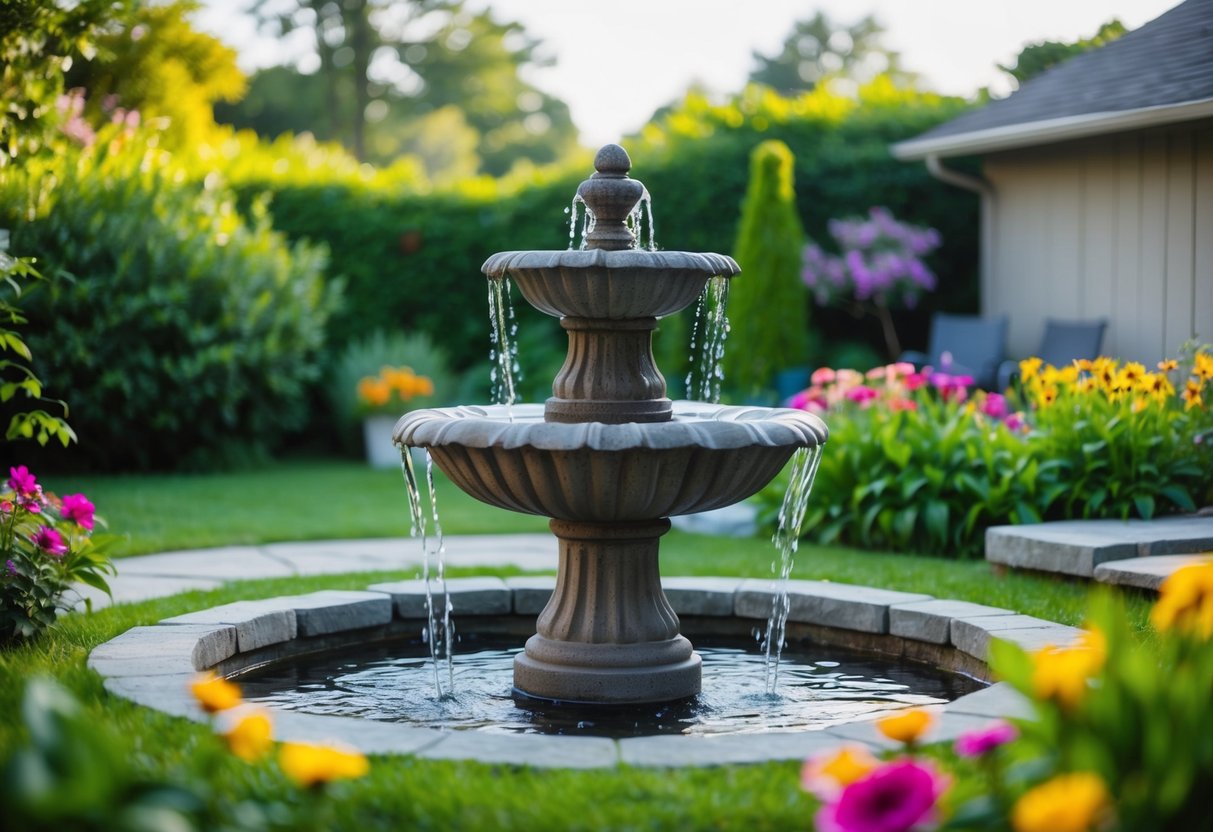
Creating a backyard fountain is an excellent way to elevate the aesthetic of any outdoor space. These water features add a serene ambiance, turning a simple garden into a peaceful retreat. With a DIY approach, anyone can construct a fountain that suits their personal style and complements their outdoor decor.
The best part about building your own water feature is the creativity it allows. From selecting the water source to choosing the materials, every aspect can be customized to individual taste. This hands-on project can be both rewarding and cost-effective, providing a unique touch that extends beyond standard store-bought options.
A DIY water fountain can also have practical benefits, such as attracting birds and adding to the biodiversity of the garden. By assembling one, homeowners can enjoy the soothing sound of flowing water while also enhancing the environmental value of their backyard. This guide will explore the steps to undertaking such a project, ensuring beautiful results that anyone can achieve.
Understanding Water Features
Water features can transform any outdoor space into a serene oasis. They provide aesthetic beauty and the calming sounds of flowing water that offer a relaxing ambiance. Understanding the different types and benefits of these features can help in selecting the perfect addition to enhance your garden or backyard.
Types of Water Features
Water features come in various forms, each offering unique visual and auditory experiences. Fountains are popular for their elegant streams and soothing sounds. These can range from small tabletop designs to large, ornate fixtures that stand as focal points in a garden. Ponds add a natural element and often include aquatic plants and fish, promoting a vibrant ecosystem.
Waterfalls can be standalone or incorporated into existing landscapes, offering a dynamic visual appeal with cascading water. Bird baths are simpler features that attract wildlife and add charm to an outdoor space. Every type varies in complexity, maintenance level, and the ambiance it provides, enabling one to choose according to personal preference and the desired aesthetic impact.
Benefits of Water Features
Water features bring numerous advantages beyond their visual appeal. They create a peaceful environment with soothing sounds of water that can reduce stress and promote relaxation. This can become a place of retreat in a busy world. In addition, they can increase property value by enhancing the aesthetic appeal of the outdoor space.
They also improve air quality by increasing humidity and can serve as a natural humidifier. Water features, particularly those with moving water, deter unwanted pests like mosquitoes, making the area more enjoyable. The presence of a water feature can attract wildlife, such as birds and butterflies, enriching the natural beauty of the garden.
Planning Your DIY Water Fountain
Creating a backyard fountain involves careful planning to ensure it complements the outdoor space. Considerations should focus on selecting the appropriate size, as well as the style and design that will harmonize with the garden or patio environment.
Choosing the Right Size
The size of a DIY fountain depends on the available space and the desired impact in the garden. Smaller spaces may benefit from compact designs that do not overwhelm the surroundings, while larger areas can accommodate expansive features that become focal points.
Proportions matter greatly. A medium-sized garden could be enhanced by a fountain that is about one-third the width of the space. They can consider height, too, as taller fountains draw the eye upwards while lower profiles can blend more subtly.
Preparing for practicalities is essential as larger fountains might need more extensive foundations and a reliable water supply. It’s also crucial to anticipate the maintenance each size may require and choose a size that fits the homeowner’s commitment to upkeep.